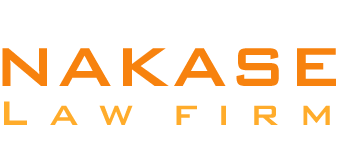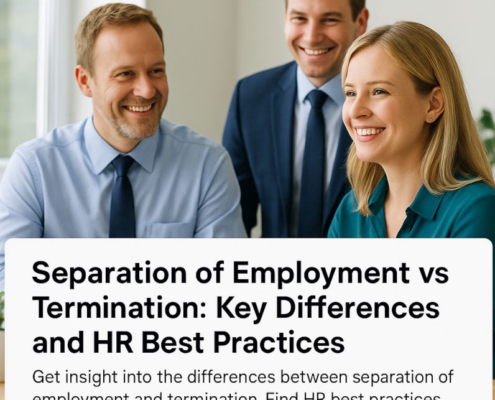The OASDI Tax: What Is It?
The United States imposes a tax on earned income known as the Old-Age, Survivors and Disability Insurance (OASDI) tax. This is used to finance the Social Security program. The tax is automatically withheld from your paycheck and is a part of the Federal Insurance Contributions Act, alongside the Medicare program.
The purpose of the 1935-instituted OASDI tax is to guarantee that employees have sufficient money to sustain themselves in retirement or other scenarios. These include death or disability, when their earnings are no longer a source of income.
In essence, the tax compels companies and employees to set aside money for their retirement in order to be eligible for benefit payments down the road. Social Security benefits are an important part of many retirement plans, even though few seniors can live off of their benefits alone. Benefits may also be given to the surviving relatives of insured employees who have passed away, as well as to the families of eligible disabled workers and their dependents.
The United States Social Security Administration sets the OASDI tax rate each year. Although the rate hasn’t changed since 1990, it might do so at any time based on the state of legislation.
How Is the OASDI Tax Calculated?
According to legislation, employers must pay a matching 6.2% in addition to the 6.2% that the OASDI tax must be regularly withdrawn from employee paychecks. This makes the total tax equal to 12.4%. The money that has accrued is utilized to pay Social Security program participants’ benefits each month.
There is a cap on the tax even though the overall rate is somewhat high. A maximum amount of taxable income is used to determine the Social Security tax limit, and this amount is subject to change annually owing to inflationary pressures. For the 2024 tax year, the taxable income ceiling is $168,600. For the 2023 tax year, it was $160,200.
By the way, the Medicare tax, which is now imposed at a rate of 1.45% on each dollar of earned income plus an employer matching tax, has no upper limit.
Advice for People Who Work for Themselves
Both self-employed people and regular employees are subject to the OASDI tax. You are required to pay the full 12.4% tax on the money you make if you work for yourself. There are two options for paying the tax: quarterly or monthly.
If you’re self-employed, this tax can significantly reduce your liquidity. Fortunately, self-employed individuals can write off half of their OASDI tax payment on their yearly tax returns. This effectively returns the tax to the 6.2% paid by regular employees.
You can use Form Schedule SE from the Internal Revenue Service (IRS) to determine your OASDI tax payment needs if you work for yourself.
What Is Covered by the OASDI Tax?
Roughly 85 cents of every dollar of the OASDI tax, as reported by the Social Security Administration, goes into a trust fund that provides monthly benefits to surviving spouses and children of deceased workers, as well as existing retirees and their families. A trust fund that provides assistance to people who have disabilities and their families receives over 15 cents of every dollar. The program’s administration expenses are covered by a small percentage of the tax.
Can I Avoid Paying the OASDI Tax?
The OASDI tax must be paid by almost everyone who receives income from employment or other sources. Nonetheless, a few categories are not required to pay Social Security taxes. Certain religious organizations, self-employed people making less than $400 annually, and foreign scholars and researchers who are neither citizens of the United States nor permanent residents are among the exempted categories.
Having said that, OASDI tax exemptions are not given out of the blue. You must complete IRS Form 4029 in order to request an exemption. See IRS Publication 15 (Circular E), Employer’s Tax Guide, to learn about the several visas that may exempt non-citizens or permanent residents from paying the OASDI tax.
Final Thoughts
The purpose of the OASDI tax, often known as the Social Security tax, is to guarantee that workers will have enough income to maintain themselves in retirement and in the event of a disability or death. All American workers must pay a tax of 6.2% on their earnings up to a certain annual amount ($168,600 for 2024 and $160,200 for 2023) in order to support the program. Their employers must also match the tax contributions.
Although the OASDI tax may appear burdensome, when you look at it in the context of your overall personal financial plan, it’s really just a way to save money that you and your family may use in the future. Nevertheless, the ability of the US government to handle ongoing problems with the federal budget will determine how resilient the Social Security program is.































